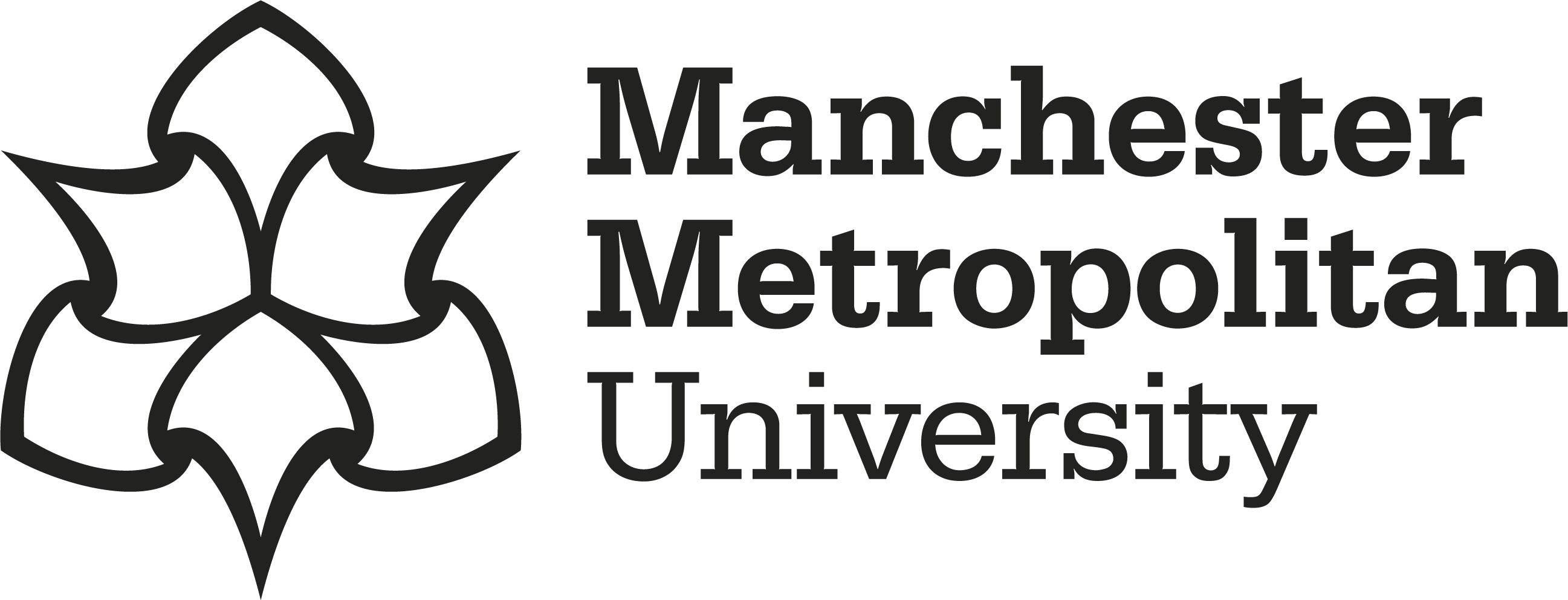Butterby, Kate, Donovan, Catherine, Smailes, Harriet, Gunby, Clare 

|
Accepted Version
File not available for download. Available under License In Copyright. Download (380kB) |
Abstract
Sexual violence affecting university students is a significant problem worldwide. Though recent legislation introduced into UK universities aims to tackle the problem, it remains to be seen how effective this will be. Furthermore, within much existing research and legislation, the voices of minoritised students in relation to the issue are absent. This research utilised qualitative focus groups and interviews with 38 minoritised students from two universities in England. Most are female (n=23) and ages range from 18 years – 44 years. Using vignettes, interviews explored help-seeking behaviours in relation to sexual violence and considered intersections with minoritised identities. Thematic analysis suggests that sexual violence is normalised within universities and underpinned by ‘community knowledges’. Structural vulnerabilities and minoritisation impact perceptions of ‘who’ and ‘what’ counts in relation to sexual violence. Students also display a lack of knowledge about support provision at their universities, a finding which highlights universities’ difficulties with informing students about what support is available. Furthermore, we found that students rely heavily on their informal networks in relation to decision-making about help-seeking. Overall, structural vulnerabilities experienced by minoritised students hindered their willingness to report. Intersectional recommendations for university action and policy are offered.
Impact and Reach
Statistics
Additional statistics for this dataset are available via IRStats2.


